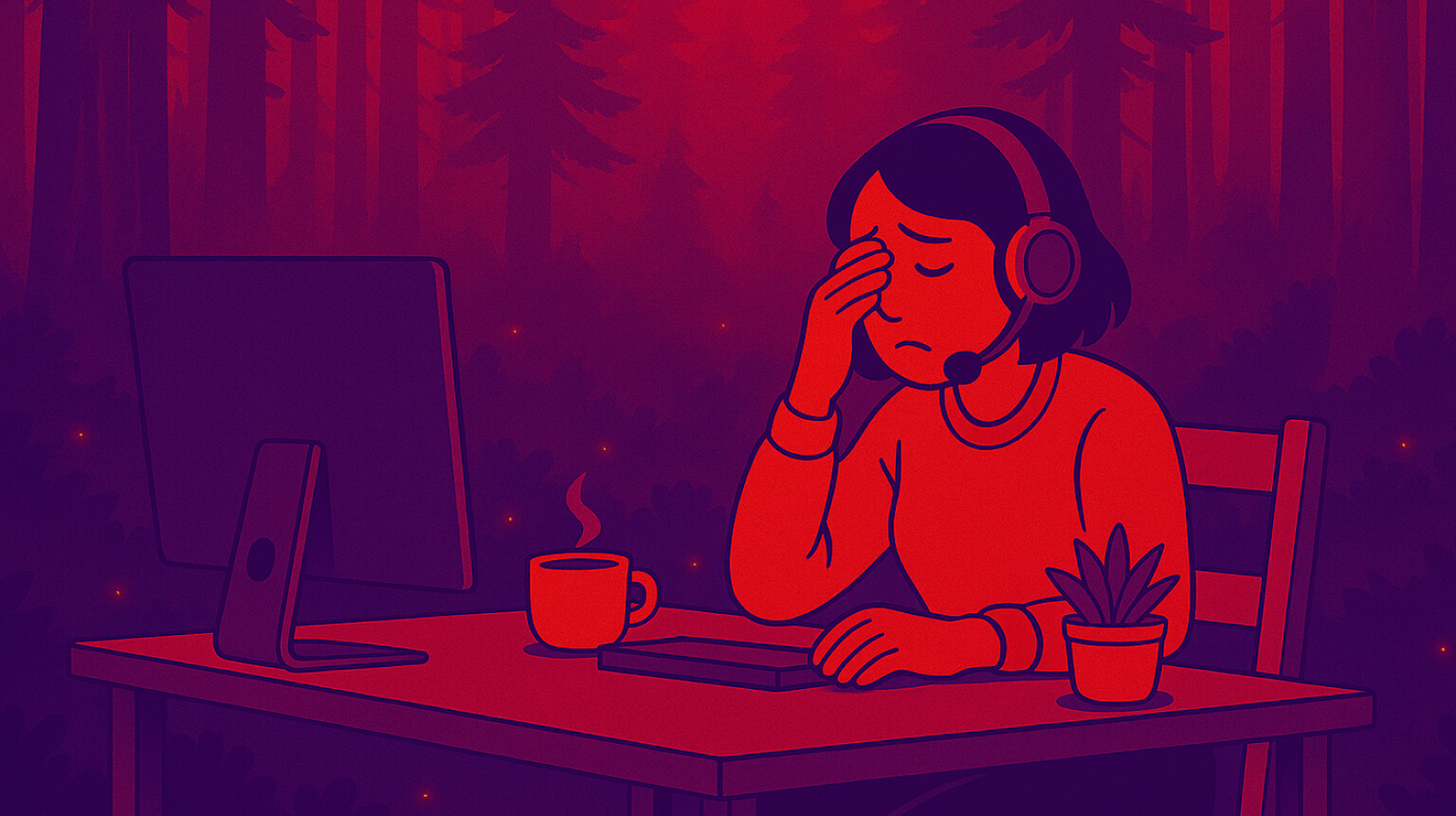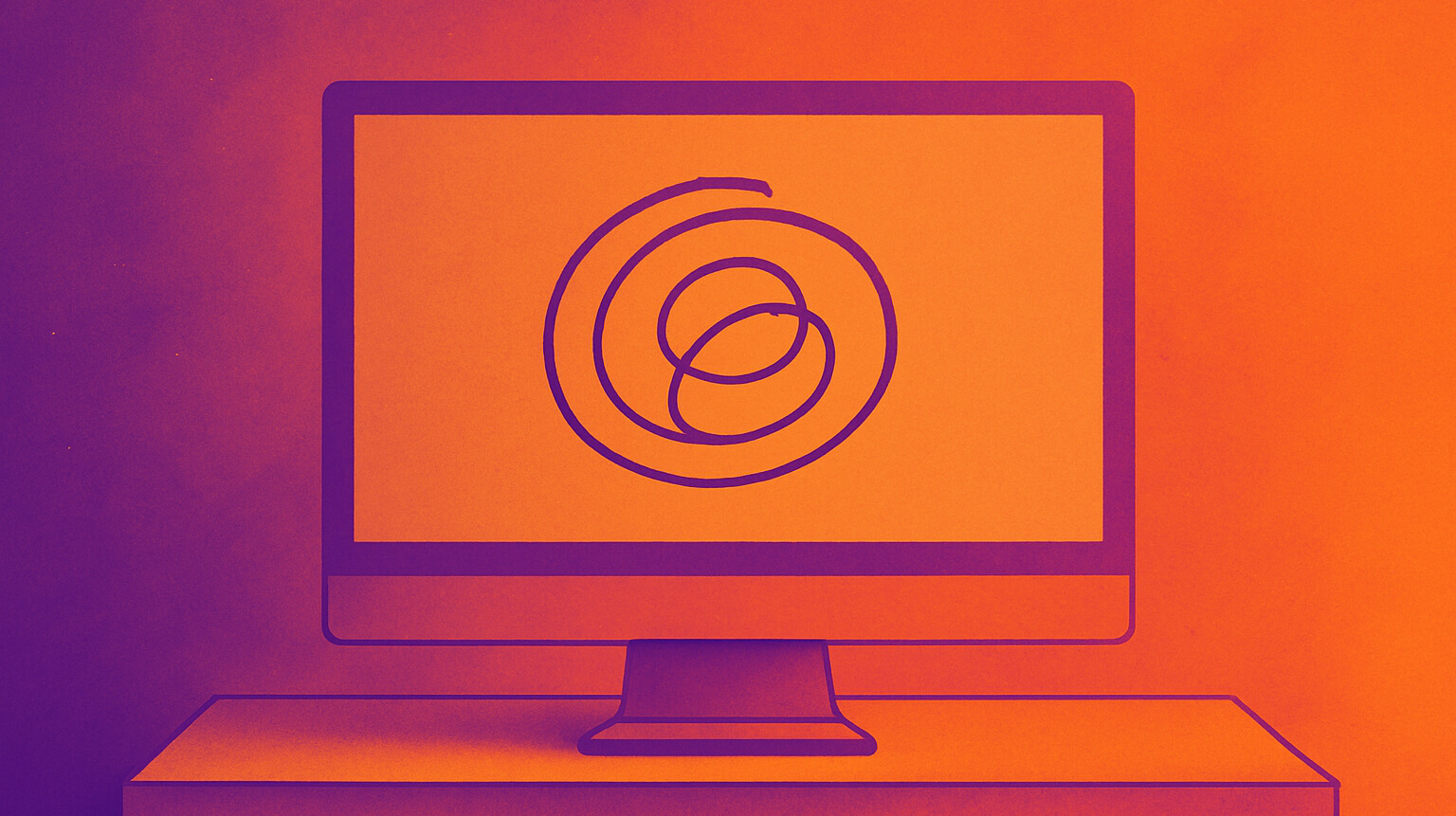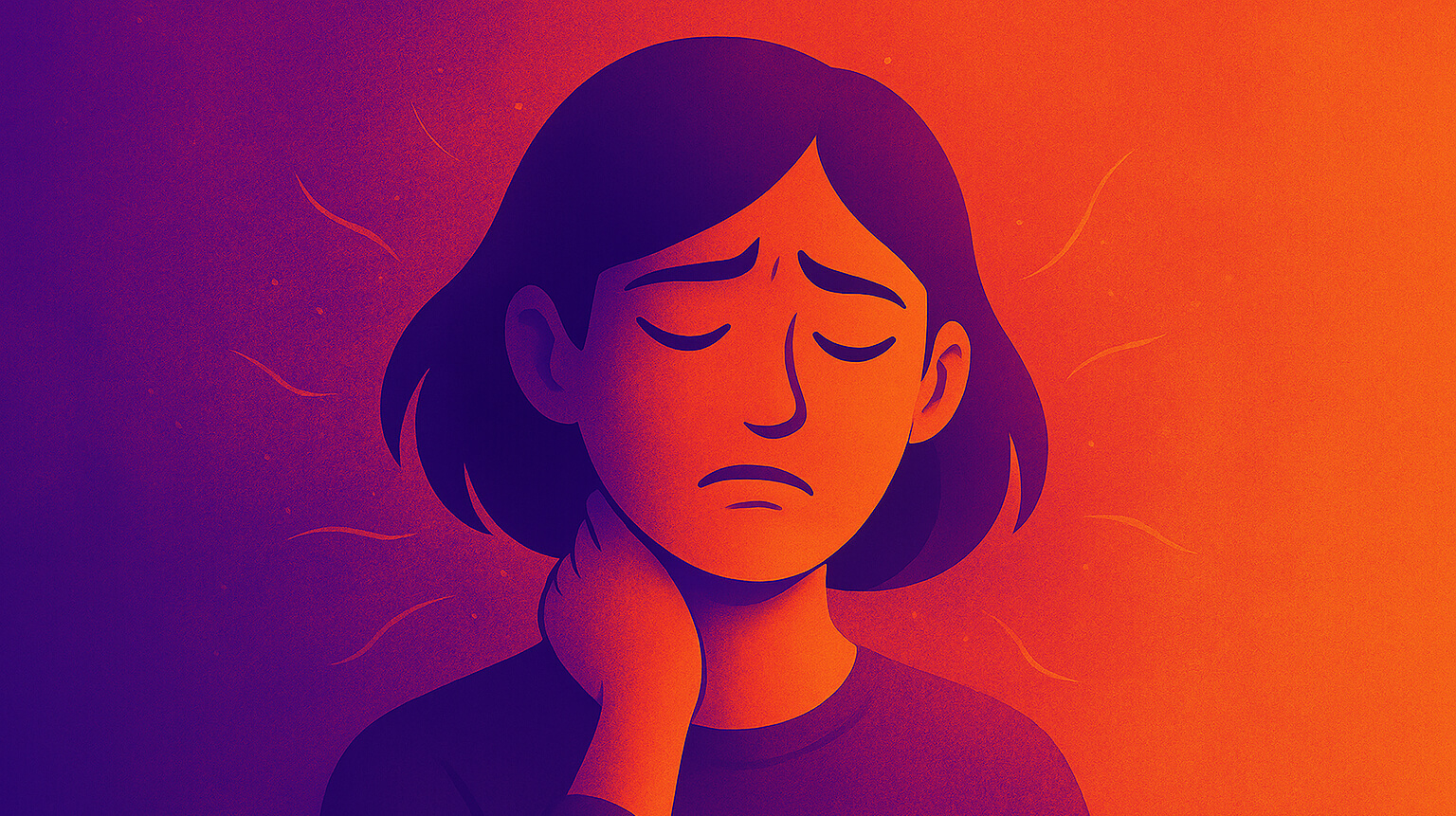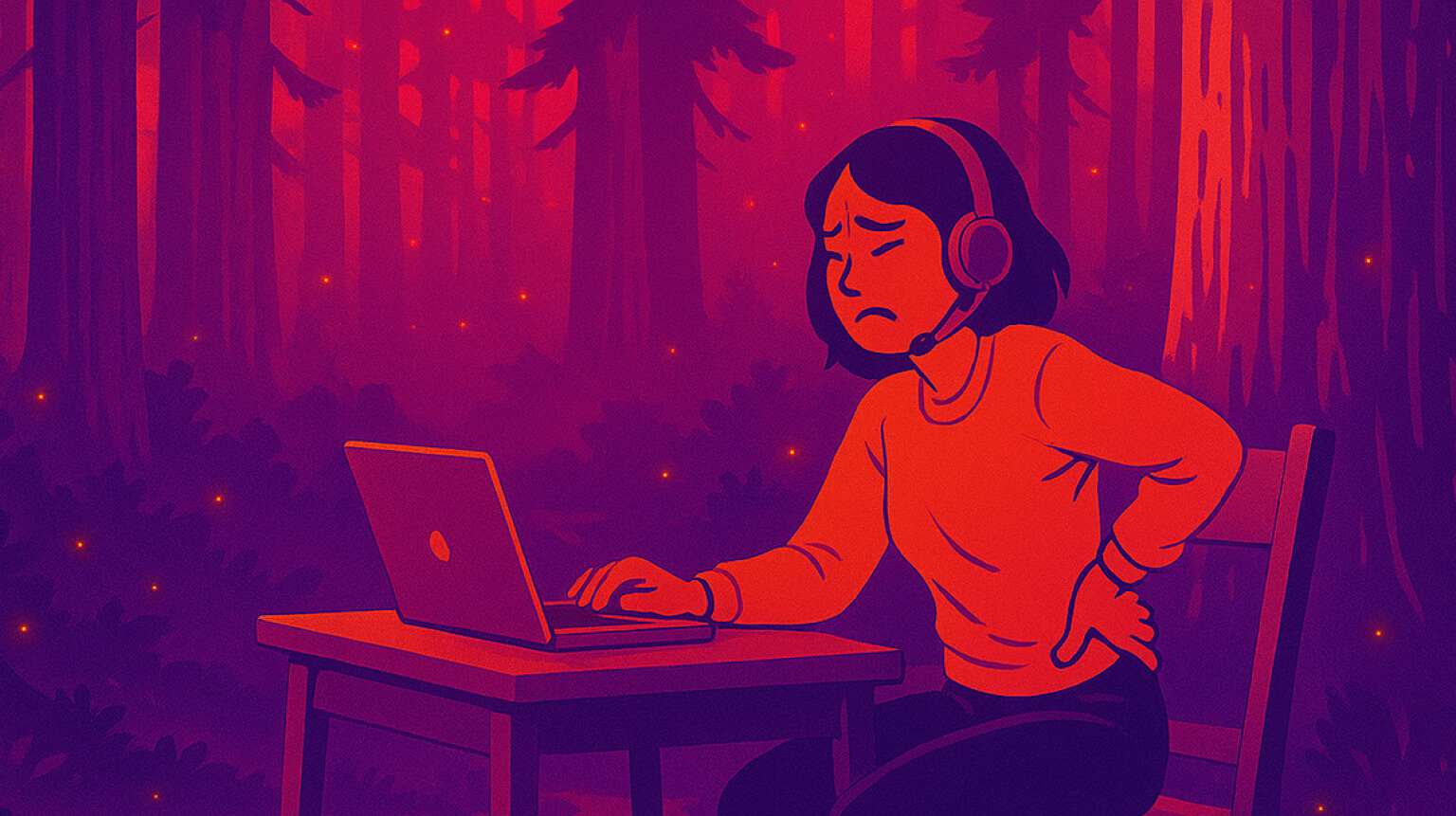You may feel your eyes getting heavy and tired at the end of a workday, or even right after waking up. The good news: this rarely causes permanent damage, and in most cases you can ease it with small habit changes and simple tweaks to your environment.
What’s actually happening?
There are two major reasons your eyes feel tired.
- When you’re deep into a task—staring at a screen or driving for long stretches—your blink rate drops. That dries the eye surface, so vision blurs and you can get redness or itchiness.
- Your focusing muscles stay locked at one distance. Without variety, they fatigue, and tension can spread to your neck, shoulders, and upper back.
Common triggers
- Long, uninterrupted screen sessions
- Reading without breaks
- Highway driving for hours
- Dry indoor air or air blowing at your face
- Not enough sleep
- Uncorrected vision (including the over-40 near focus shift, also called presbyopia)
- Glare or dim lighting that makes your eyes work harder
None of these is harmful on its own, but together they stack up fast.
What helps the most
A few small changes to your routine can do wonders for your eyes—especially when combined with simple tweaks to your workspace.
1) Make breaks automatic. Try 20-20-20: every 20 minutes, look 20 feet away for 20 seconds. It sounds like a slogan, but short, scheduled breaks work. Add a few slow, complete blinks each time.
2) Fix the light. Aim for soft, even lighting with minimal glare. Avoid a bright window or lamp directly in your field of view, and match screen brightness to the room. Many workplaces target roughly 300-500 lux—well lit but not harsh.
3) Tidy up the air. Dry rooms and moving air speed up tear evaporation. Keep humidity comfortable and point AC or fans away from your face. A small humidifier can make a noticeable difference.
4) Protect your sleep. Poor sleep leaves eyes drier and more irritable the next day. Keep a regular bedtime, dim lights in the evening, and give yourself some off-screen time before bed.
5) Check your prescription. If you’re leaning in to read or getting end-of-day headaches, it might be time to update your glasses. After 40, simple readers or progressives can take the load off.
6) For long drives. Take short breath-and-blink pauses, keep vents angled away from your face, and wear good sunglasses to cut glare. Polarized lenses can help in bright conditions.
What about blue-light glasses?
They rarely help. There’s no strong evidence that blue-light glasses reduce eye strain or improve sleep. If you like them, that’s fine—just don’t expect them to fix tired eyes on their own. If you want the full breakdown, I’ve covered blue-light glasses in detail here.
Things you can try today
Do these for a week and you should feel a clear improvement.
- Take frequent breaks. The 20-20-20 rule works. Set a gentle reminder every 20 minutes—or use LookAway to automate this—look far away, and blink slowly a few times before getting back to work.
- Either dim your monitor slightly or increase room lighting so the screen isn’t brighter than its surroundings.
- Redirect the AC or desk fan so it isn’t hitting your face.
- Keep preservative-free lubricating drops handy for dry days.
- If reading up close is tiring, try a pair of readers and notice if your shoulders relax.
When to get help
If symptoms are constant, if you notice sudden vision changes, or if nothing improves after a couple of weeks of better habits, book an eye exam. You may have an uncorrected prescription or dry-eye disease that needs targeted treatment.
If you want a nudge to remember breaks without thinking about it, LookAway was built for this exact problem. You focus, and it taps you on the shoulder at the right moments.



